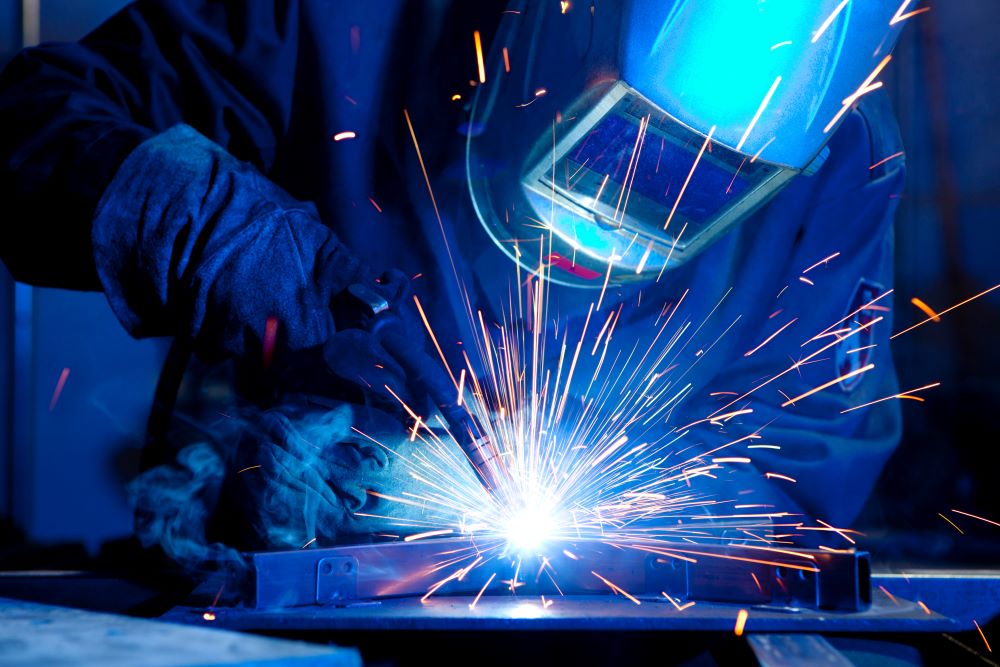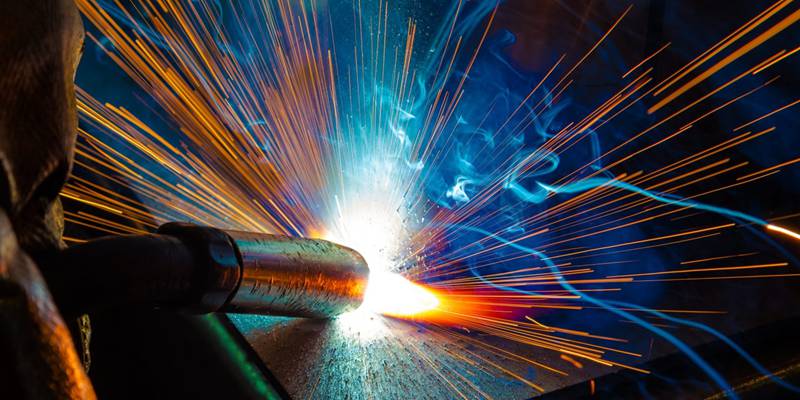Creating a Welding WPS: Step-by-Step Recommendations for Professionals
Creating a Welding WPS: Step-by-Step Recommendations for Professionals
Blog Article
Mastering Welding WPS Criteria: Ideal Practices and Techniques for Quality Welds
In the realm of welding, grasping Welding Treatment Spec (WPS) requirements is an essential part that directly influences the top quality and stability of welds. As we navigate via the details of welding WPS criteria, uncovering key insights and strategies for attaining top-tier welds will certainly be vital for welders seeking to excel in their craft and create welds that stand the examination of time.
Understanding Welding WPS Standards

Assessors depend on WPS paperwork to validate that welding treatments are being adhered to correctly and that the resulting welds are of high top quality. Engineers utilize WPS requirements to design welding procedures that guarantee the durability and integrity of bonded frameworks.


Essential Devices for Quality Welds
Mastering welding WPS criteria is crucial for welders to effectively utilize the crucial devices required for creating top quality welds. Among the most critical devices for top quality welds is a welding maker. The kind of welding device required depends upon the welding procedure being utilized, such as MIG, TIG, or stick welding. Welding helmets are also essential to secure the welder's eyes and face from stimulates, warmth, and UV radiation. Additionally, welding handwear covers made from durable and heat-resistant products safeguard the hands from burns and injuries. Clamps and magnets aid hold the work surfaces together firmly throughout the welding procedure, making sure accurate and precise welds. Cable brushes and cracking hammers are vital for cleansing the weld joint prior to and after welding to eliminate any type of contaminations that can impact the top quality of the weld. Lastly, a determining tape and angle grinder serve tools for guaranteeing correct positioning and preparing the workpieces for welding.
Trick Techniques for Welding Success
To attain welding success, one should grasp the key methods crucial for generating premium welds. One crucial strategy is maintaining the right arc size. Maintaining the electrode at the optimum distance from the workpiece is important for creating solid, uniform welds. Additionally, regulating the travel speed is paramount. Moving too Website swiftly can lead to inadequate penetration, while moving too slowly can bring about extreme heat input and possible problems. Proper control of the electrode angle is an additional important method. The angle at which the electrode is held can impact the grain shape and penetration of the weld. Moreover, making sure constant weapon angle and instructions of traveling is important for uniformity in the weld bead. Lastly, keeping a steady hand and a stable welding setting throughout the procedure is crucial to accomplishing accuracy and consistency in the welds. By understanding these vital strategies, welders can elevate the high quality of their work and accomplish welding success.
Ensuring Compliance With WPS Standards

Additionally, maintaining in-depth records of welding specifications, equipment calibration, and evaluation results is vital for demonstrating compliance with WPS standards. By faithfully sticking to WPS criteria, welders can ensure that their job meets the required quality levels and adds to the general success of the welding project.
Troubleshooting Common Welding Issues
To resolve this, ensuring correct cleansing of the base steel prior to welding blog here and using the appropriate shielding gas can significantly lower porosity. In addition, distortion, splitting, and spatter are common welding obstacles that can be mitigated with proper joint preparation, consistent warmth control, and choosing the ideal welding consumables. By completely recognizing these common welding problems and their origin creates, welders can properly fix problems and attain high-grade welds.
Verdict
In verdict, understanding welding WPS requirements requires a detailed understanding of the standards, using essential devices, and applying crucial strategies for effective welds. Guaranteeing conformity with see this page WPS criteria is crucial for generating high quality welds and avoiding common welding problems. By complying with finest methods and practices, welders can accomplish constant and trustworthy cause their welding jobs.
In the world of welding, understanding Welding Procedure Requirements (WPS) criteria is a critical element that directly influences the high quality and stability of welds.When delving right into the realm of welding practices, a vital aspect to comprehend is the relevance and details of Welding Treatment Specification (WPS) criteria. WPS standards provide a detailed guideline for welding operations, making sure consistency, quality, and safety in the welding process. The type of welding device needed depends on the welding procedure being used, such as MIG, TIG, or stick welding.Attaining welding success through the proficiency of vital strategies necessitates an extensive understanding and adherence to Welding Procedure Requirements (WPS) requirements.
Report this page